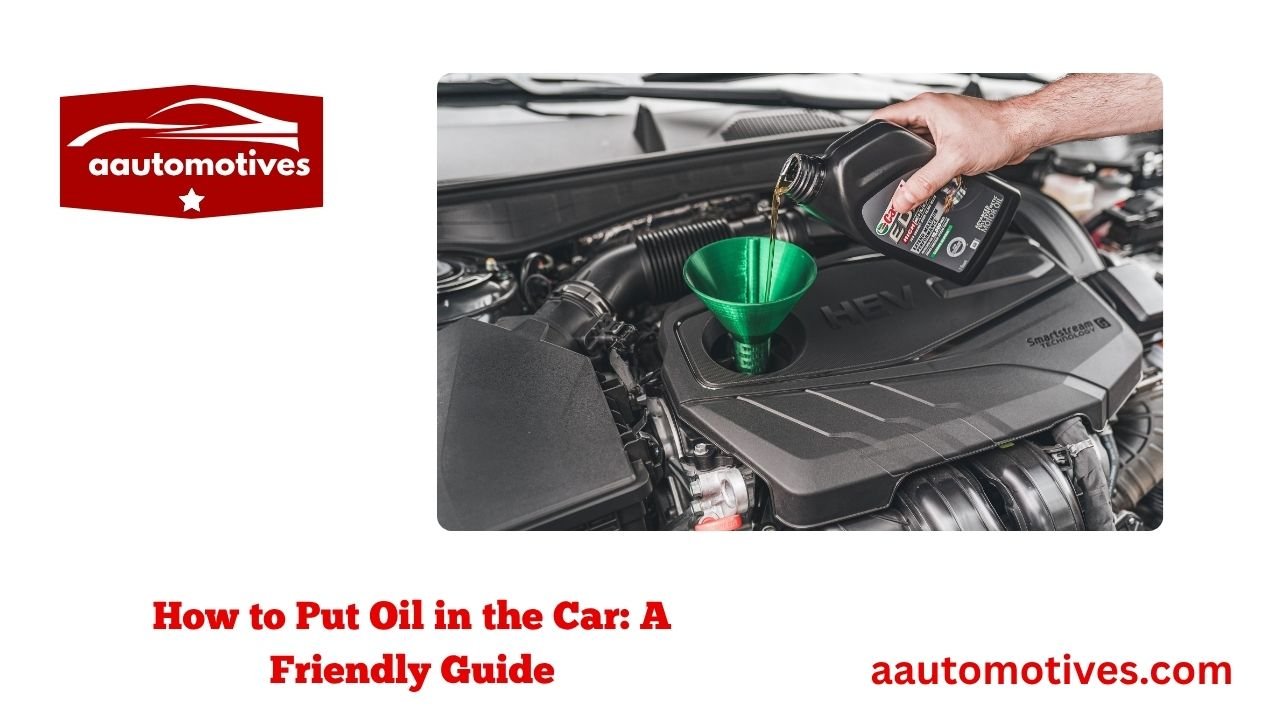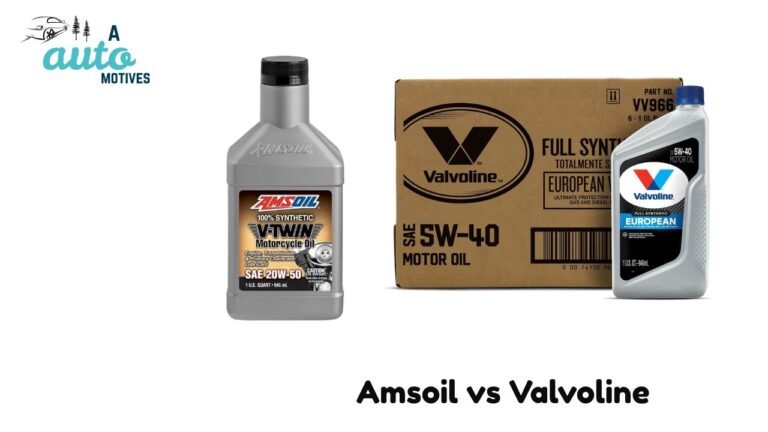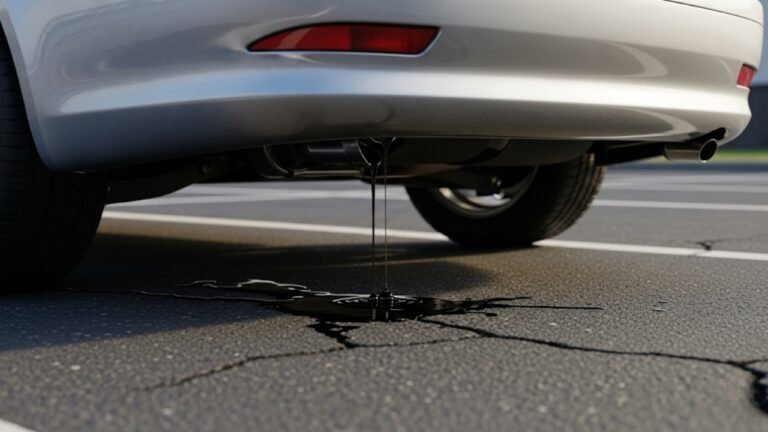How to Put Oil in the Car: A Friendly Guide

Ever popped open the hood and stared blankly at your engine, wondering, “What now?” You’re not alone. Learning how to put oil in the car might feel intimidating at first—but trust me, it’s easier than you think. Think of it like feeding your car. It’s like making sure your pet gets clean water or your plant gets sunshine. Without engine oil, your car won’t go far—and it might even break down. Ouch.
Let me walk you through it like a friend helping you on a Sunday afternoon. No jargon. No guessing. Just real, relatable tips with a few metaphors and laughs along the way.
In This Article
- 1 Why Oil Matters More Than You Think
- 2 The Signs Your Car Needs Oil
- 3 Tools You’ll Need Before You Begin
- 4 Step-by-Step: How to Put Oil in the Car
- 5 Choosing the Right Oil: It’s Not One-Size-Fits-All
- 6 Quick Tips for a Clean, Easy Oil Top-Up
- 7 The Emotional Side of Car Care
- 8 When to Add vs. When to Change
- 9 Common Mistakes to Avoid When Adding Oil
- 10 Oil Tips for Different Weather and Driving Conditions
- 11 Long-Term Maintenance: Build a Habit, Not a Hassle
- 12 Frequently Asked Questions (FAQs)
- 12.1 1. How often should I add oil to my car?
- 12.2 2. Can I mix different oil brands or types?
- 12.3 3. What happens if I overfill my oil?
- 12.4 4. Is it okay to drive with low oil?
- 12.5 5. Can I just keep adding oil instead of changing it?
- 12.6 6. What if I don’t know what oil my car needs?
- 12.7 7. Why does my car keep losing oil?
- 12.8 8. Do electric cars need oil?
- 13 Final Thoughts: More Than Just Oil
Why Oil Matters More Than You Think

Here’s why adding oil is vital:
-
It keeps the engine cool and running smoothly.
-
It reduces wear and tear on parts.
-
It improves fuel efficiency.
-
It helps your car last longer.
I once ignored an oil light for two weeks (I know, I know). The repair bill? Let’s not talk about it. But it was enough to make me an oil-change evangelist forever.
The Signs Your Car Needs Oil
Don’t wait for your engine to cry out. Learn the little signs.
Watch for these oil-starved symptoms:
-
That scary oil can light on your dashboard.
-
A ticking or knocking noise from the engine.
-
Smoky or burning smells from under the hood.
-
Dark, dirty oil on your dipstick.
-
The engine feels rough when idling.
These signs whisper, “Help me.” The good news? You don’t need to be a mechanic to fix it. Learning how to put oil in the car is empowering and surprisingly satisfying.
Tools You’ll Need Before You Begin
You don’t need a garage full of tools. Just a few simple items can make the process easy and clean.
| Tool | Why You Need It |
|---|---|
| Engine Oil (right type) | Your car’s lifeblood. Check the owner’s manual. |
| Funnel | Avoid spills. Trust me, oil on the engine stinks—literally. |
| Clean Rag or Paper Towel | For checking the dipstick and cleaning your hands. |
| Flashlight | If you’re working in a dim area or it’s evening. |
| Gloves (optional) | Keep your hands clean, but not a must. |
And yes, do this on level ground. Ever try pouring soup into a tilted bowl? Same idea.
Step-by-Step: How to Put Oil in the Car
Let’s get into the real deal. I promise, it’s as easy as baking brownies (without the mess if you follow the steps).
Step 1: Park and Pop the Hood
Turn off your engine and wait 5–10 minutes. Why? Because hot oil can burn, and you want accurate readings. Pull the hood latch—usually found by your feet near the driver’s door. Prop open the hood safely.
Step 2: Locate the Oil Cap
Look for a cap labeled “Oil” or with an oil can symbol. It’s usually at the top of the engine. If unsure, the manual or a quick peek under the hood will help.
Step 3: Check the Oil Level
Pull out the dipstick (it has a loop or colored handle), wipe it clean, reinsert fully, then pull it out again. If the oil line is near the “Low” mark, your engine is thirsty.
Step 4: Add Oil Slowly
Place the funnel in the oil cap. Pour in a half-quart of the recommended oil. Wait 30 seconds. Check the dipstick again. Still low? Add more. Go slow. Overfilling is just as bad as not enough.
Step 5: Seal Up and Wipe Down
Once you’re at the right level, screw the cap back on tight. Clean up any drips. Toss the rag or paper towel. Close the hood with a gentle push.
Pro Tip: Never add oil if the engine is running or just shut off—it’s too hot and dangerous.
Choosing the Right Oil: It’s Not One-Size-Fits-All
Using the wrong oil is like feeding a baby steak—it doesn’t work.
Types of oil you might choose:
-
Conventional oil: Budget-friendly, works well for older cars.
-
Synthetic oil: More refined, lasts longer, ideal for modern engines.
-
High-mileage oil: Specially formulated for cars with 75,000+ miles.
-
Blend (Synthetic Blend): A mix of conventional and synthetic.
Check your car’s manual—it’ll tell you the viscosity grade (like 5W-30) and preferred oil type.
I used to guess. Big mistake. Then I found the manual in my glove box, and life got better.
Quick Tips for a Clean, Easy Oil Top-Up
Adding oil doesn’t have to be messy. Here are a few tips I learned the hard way:
-
Don’t overfill. Too much oil causes foaming and engine stress.
-
Always double-check the cap and dipstick after refilling.
-
Keep a small bottle of the right oil in your trunk.
-
Use gloves if you’re heading somewhere after—oil smells linger.
-
Write down the date and mileage after topping up. It helps with tracking.
Sometimes, it’s the small habits that save you big money.
The Emotional Side of Car Care
Let’s be real: There’s a sense of power in doing this yourself. The first time I added oil, I felt like I’d climbed a mountain. My car thanked me by running smoother, and I felt… well, proud.
You don’t have to be a gearhead to care for your vehicle. Just like you don’t need to be a chef to make toast. Knowing how to put oil in the car is about taking control, building confidence, and avoiding a costly trip to the mechanic.
When to Add vs. When to Change
Now here’s the catch—adding oil is a short-term solution. Eventually, you’ll need a full oil change. So how do you know which is which?
Add Oil If:
-
Oil level is low but still clean.
-
You just had an oil change recently.
-
You notice a small drop due to normal consumption.
Change Oil If:
-
Oil is dark, dirty, or gritty.
-
You haven’t changed oil in 3,000–7,000 miles (depends on oil type).
-
Your manual or dashboard recommends it.
Common Mistakes to Avoid When Adding Oil
Even simple tasks like adding oil can go wrong if you’re not careful. I’ve made a few of these mistakes myself—and paid for them later.
Here are the most common missteps:
-
Overfilling the oil reservoir: You might think “a little extra can’t hurt,” but too much oil increases pressure and can damage the engine seals or cause leaks.
-
Using the wrong oil type: Not all oil is created equal. Always check your owner’s manual. Using 10W-40 instead of 5W-30, for example, could affect how your engine runs—especially in cold weather.
-
Skipping the dipstick check: You can’t just guess how much oil your engine needs. You must check the dipstick after each pour.
-
Adding oil to a hot engine: This is not just bad for your skin (burns!), but it can mess with oil distribution. Let the engine cool a bit.
-
Forgetting to replace the cap: Leaving the cap off can lead to messy oil spray under the hood and cause the check engine light to come on.
We’ve all been there. But once you’re aware, it’s easy to avoid these traps.
Oil Tips for Different Weather and Driving Conditions
Believe it or not, climate plays a big role in how your oil performs. Just like we dress differently in winter, your engine has seasonal needs too.
In Cold Weather:
-
Use a lower viscosity oil (like 0W-20 or 5W-30). The “W” stands for winter.
-
Start your car and let it idle a bit before driving so the oil can circulate.
In Hot Weather:
-
Higher viscosity oils (like 10W-40) may be better to prevent thinning.
-
Regular checks are crucial since oil burns off faster in heat.
For Long Trips or Heavy Loads:
-
Make sure your oil is fresh and full. Highway driving puts more stress on the engine.
-
Synthetic oil often handles long-distance better.
I remember taking a road trip across Bangladesh in July—hot, humid, and rough on the engine. I switched to synthetic oil before the journey. The car ran smooth, and I avoided any breakdowns (unlike my friend, who didn’t check his levels and had to get towed).
Long-Term Maintenance: Build a Habit, Not a Hassle
Making how to put oil in the car a habit rather than a chore can save you time, stress, and money.
Create a Maintenance Ritual:
-
Check oil every month, or every 1,000 miles.
-
Track oil changes in a notebook or phone reminder.
-
Keep extra oil in the trunk, especially if you drive long distances.
-
Watch for leaks—puddles under the car or rapid oil loss may mean a gasket or seal problem.
-
Listen to your car—unusual engine sounds might be a cry for oil.
Treat your car like you would a loved one. A little attention goes a long way.
Frequently Asked Questions (FAQs)
Let’s answer the most common questions drivers ask when learning how to put oil in the car:
1. How often should I add oil to my car?
If your oil level drops between oil changes, top up as needed. For most cars, checking once a month is enough.
2. Can I mix different oil brands or types?
Yes, but it’s best to avoid mixing conventional and synthetic unless it’s an emergency. Always use the same viscosity.
3. What happens if I overfill my oil?
Too much oil can cause foaming, poor lubrication, leaks, or even engine damage. Always check the dipstick after each pour.
4. Is it okay to drive with low oil?
Not at all. Driving with low oil can cause overheating and engine seizure. Always add oil if you’re below the “Low” mark.
5. Can I just keep adding oil instead of changing it?
No. Adding oil only replaces volume, not cleanliness. Old oil becomes dirty and loses its lubricating properties. Change oil as per schedule.
6. What if I don’t know what oil my car needs?
Check the owner’s manual or the cap itself. You can also look online using your car’s make, model, and year.
7. Why does my car keep losing oil?
You may have a leak or the engine might be burning oil. Check under the car for spots or consult a mechanic.
8. Do electric cars need oil?
Nope! Fully electric cars don’t use engine oil. But hybrids might—check your specific model.
Final Thoughts: More Than Just Oil
Learning how to put oil in the car is one of those life skills no one teaches you in school—but once you get it, you’ll wonder why you didn’t learn sooner.
It’s not just about maintenance. It’s about:
-
Building confidence.
-
Taking responsibility.
-
Saving money.
-
Avoiding emergencies.
-
And above all, loving your car just a little more.
I remember teaching my younger sister how to top off her oil. She was nervous at first. But by the end, she was smiling, wiping her hands, saying, “That’s it?” Yup. That’s it.
So the next time your dashboard blinks or you hear a tick from the hood, don’t panic. Pop the hood, check the stick, and give your car what it needs. A little love goes a long way.






